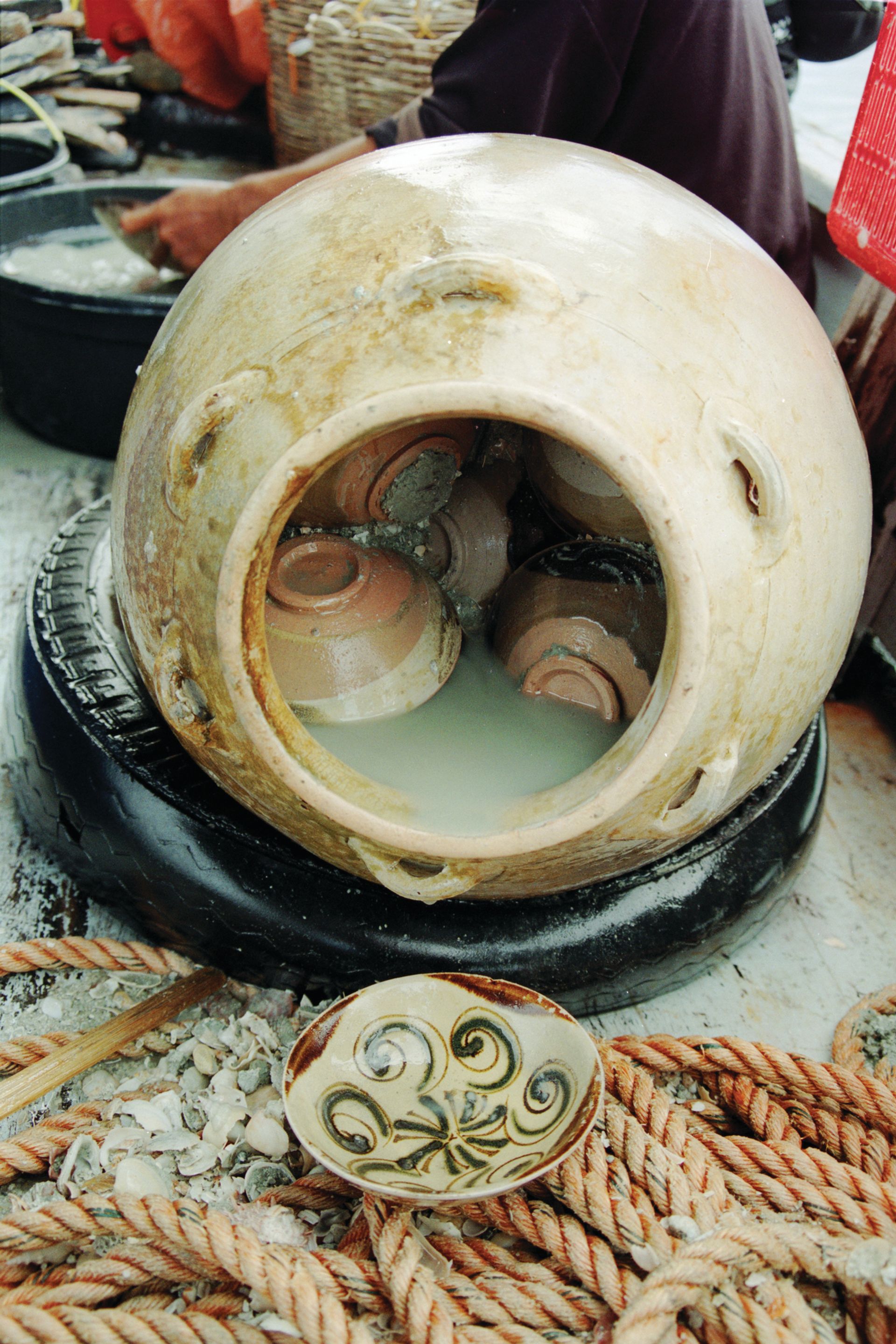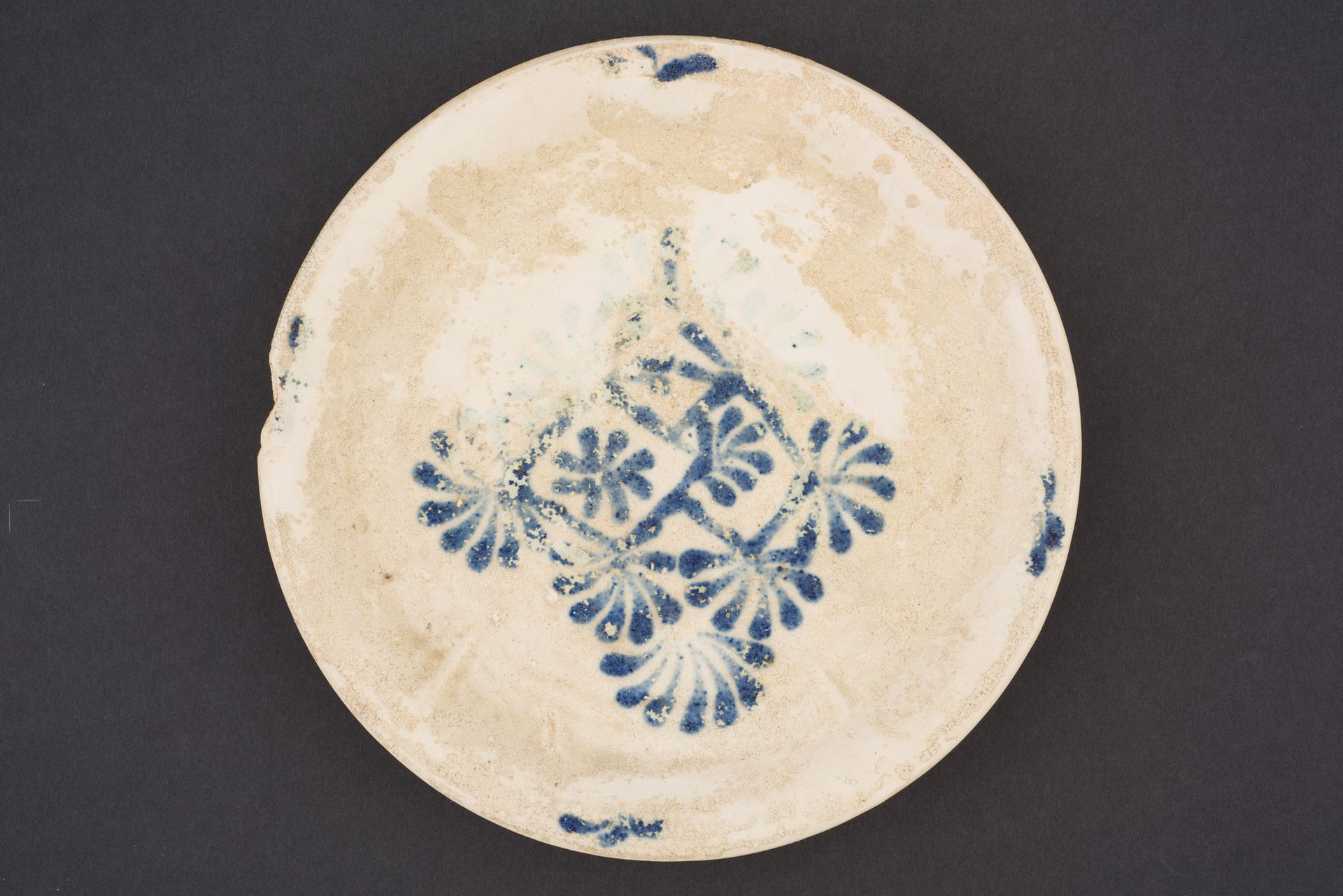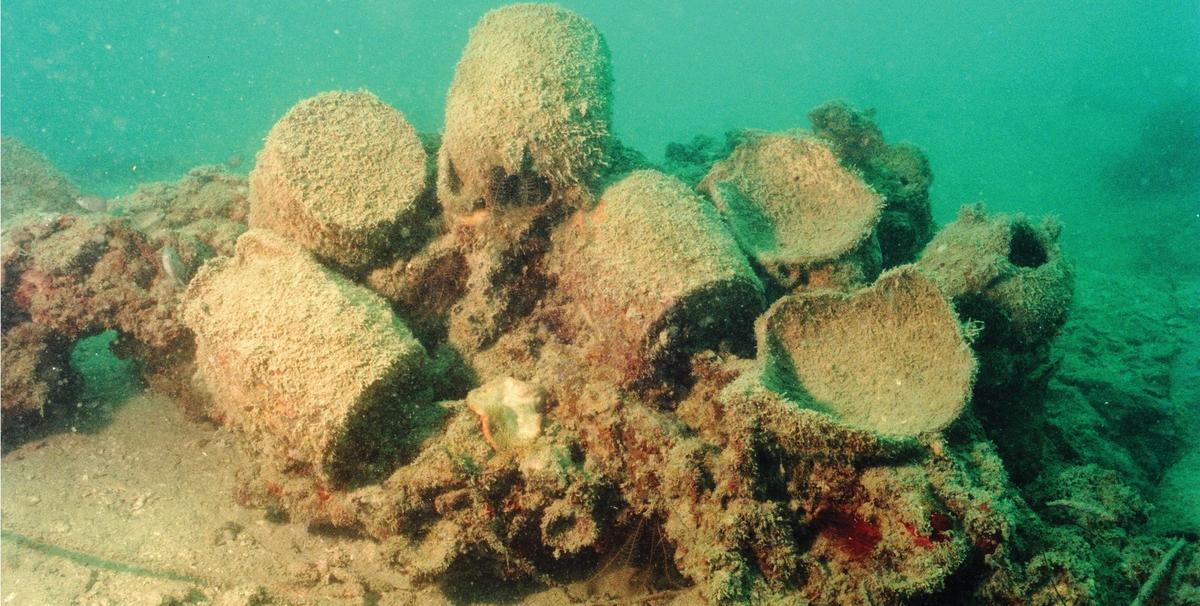Treasures from an ancient shipwreck, discovered off the coast of an Indonesian island, will be shown in the US for the first time. The Asia Society in New York is presenting 76 extraordinarily well-preserved objects salvaged from the wreck in the exhibition Secrets of the Sea: a Tang Shipwreck and Early Trade in Asia (7 March-4 June). Alongside photography and video documentation of the original excavation, viewers can see porcelain, precious metal vessels and the oldest examples of Chinese white and blue ceramics plumbed from the ocean’s depths.

The boat, discovered by sea cucumber divers in 1998, was carrying more than 60,000 luxury goods from Tang Dynasty China (618-807) to the empire of the Abbasid Caliphate, in modern-day Iran and Iraq. (Many of the objects are now owned by the Singaporean government and are in the collection of the Asian Civilisations Museum, which co-organised the show.) The exhibition “shows that globalisation is a very, very old concept—and it’s not just a Western concept,” says the Asia Society’s director, Boon Hui Tan.
The show also reveals how ancient Chinese artisans were influenced by the aesthetics of their trading partners, and tweaked their designs to appeal to foreign buyers. The oldest examples of Chinese blue and white ceramics, for example, made use of a Cobalt pigment imported from the Middle East and incorporated Middle Eastern motifs such as foliate designs. “There was a kind of economic dynamism [in the Tang Dynasty] that came from, in a sense, being connected with the outside world,” Tan says.

The presentation is not without controversy. The Smithsonian’s Sackler Gallery in Washington, DC, cancelled a planned display of the same artefacts in 2011 after archeologists expressed concerns that the 1998 excavation, by a private commercial salvaging company, was not up to scientific standards. (It was completed in a matter of months, while most academic excavations take years.)
The Asia Society’s director told The New York Times that the museum plans to address the debate and explore the context of the discovery in the exhibition through newspaper reports and other commentary. Experts had an opportunity to discuss the controversial shipwreck at a symposium held at New York University on 4 March, sponsored in part by the Asia Society.
Ultimately, the museum believes that the trove’s scholarly value outweighs its divisive provenance. “The Belitung shipwreck is one of the most significant archaeological finds in recent history,” Tan says. Furthermore, the examination of early international trade and cultural exchange has “gained a new intensity”, Tan says, in light of the Trump administration’s isolationist posture. Secrets of the Sea kicks off a three-year initiative at the Asia Society to examine the Asian diaspora and the work of border-crossing artists.


